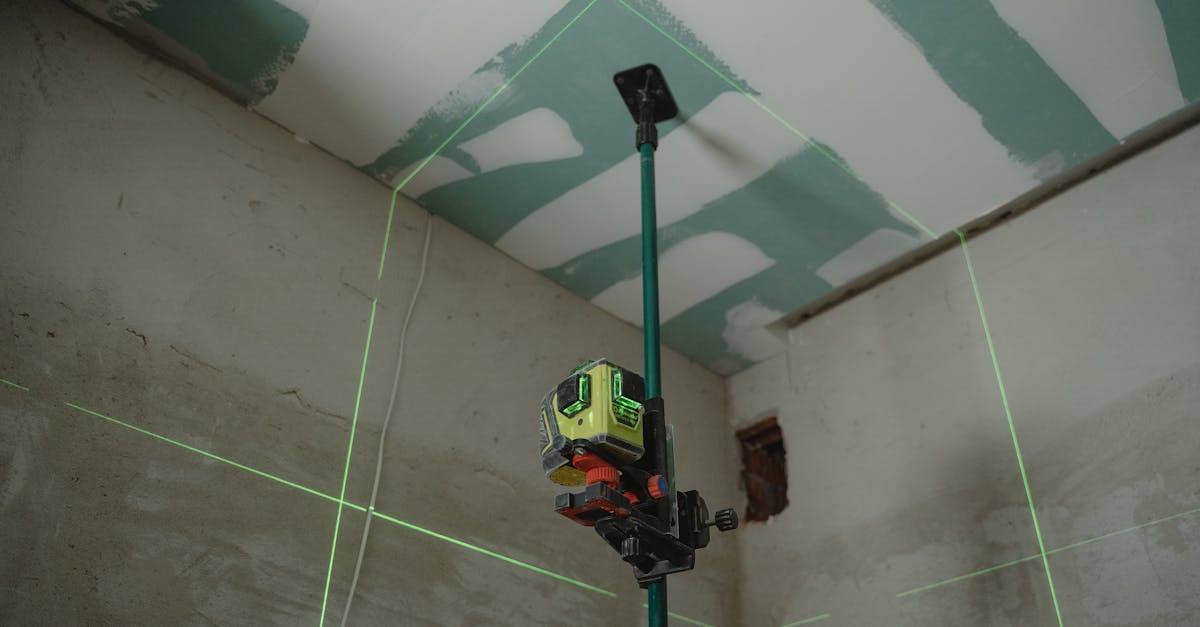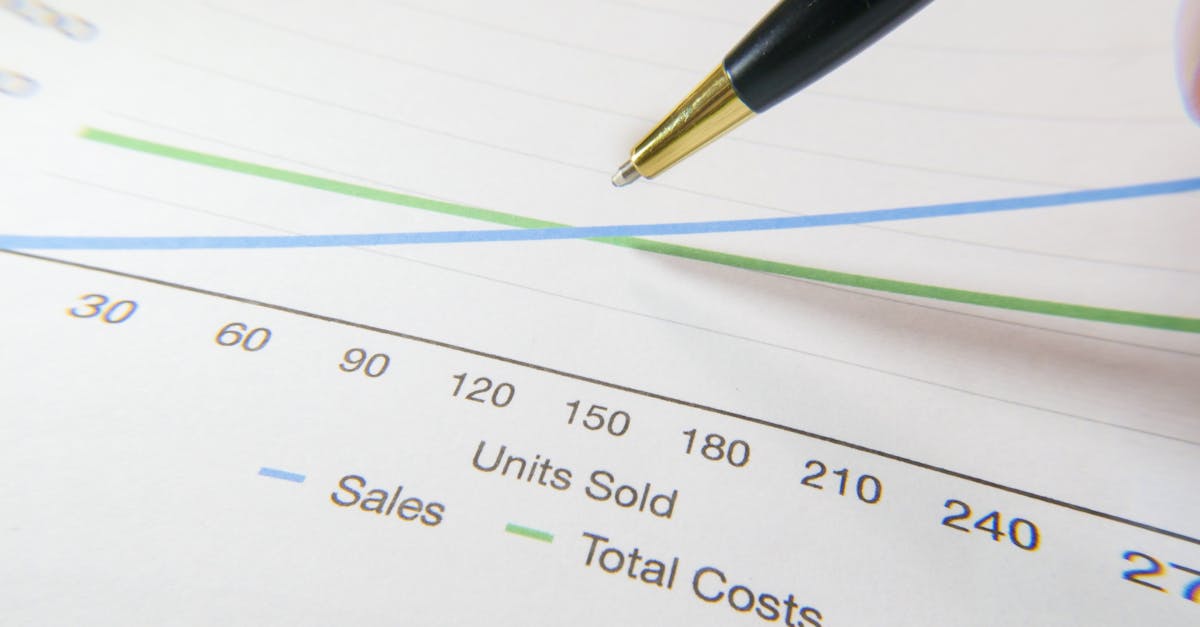Key Takeaways
- BPA enhances sales forecasting accuracy by automating repetitive tasks, reducing human errors, and leveraging real-time data through advanced technologies like AI and machine learning.
- Automation saves time and boosts efficiency, allowing teams to focus on strategic activities instead of manual data handling while ensuring faster decision-making with instant updates.
- Integrated BPA systems improve collaboration by connecting tools like CRM platforms, inventory management software, and scheduling solutions for streamlined workflows and shared insights.
- Predictive analytics powered by BPA delivers actionable insights, helping businesses adapt quickly to market changes, optimize resource allocation, and plan effectively for growth.
- Real-world implementations demonstrate measurable success, such as improved forecast reliability, reduced operational inefficiencies, and enhanced customer satisfaction through precise planning tools.
Sales forecasting is the backbone of any successful business strategy, yet studies show that nearly 68% of companies struggle with its accuracy. Traditional methods often rely on manual processes and outdated tools, leaving room for errors and inefficiencies. That's where Business Process Automation (BPA) steps in to revolutionize how we predict future sales.
By automating repetitive tasks and leveraging real-time data, BPA not only streamlines operations but also enhances forecast precision. Imagine making decisions backed by consistently accurate predictions—it's a game-changer for growth and profitability. Let's explore how BPA transforms sales forecasting into a powerful tool that drives smarter strategies and better outcomes.
Understanding BPA And Its Role In Sales Forecasting
Business Process Automation (BPA) reshapes how we approach tasks by streamlining operations and reducing manual effort. For sales forecasting, it replaces outdated methods with technology-driven solutions, delivering precision and efficiency.
What Is BPA?
BPA uses technology to automate repetitive tasks, freeing up resources for strategic activities. It integrates data from various systems to create seamless workflows. By automating processes like data collection, reporting, and analysis, BPA minimizes errors and speeds up decision-making.
For instance, instead of manually compiling spreadsheets or relying on inconsistent inputs, BPA tools collect real-time data from CRM platforms and sales pipelines. These tools analyze trends rapidly to generate forecasts with greater accuracy. This automation eliminates guesswork while allowing teams to focus on high-value objectives like customer engagement or market expansion.
Industries widely adopt automation due to its scalability and adaptability across operational areas. In sales forecasting specifically, integrating automated systems enhances transparency in predictions while improving team collaboration.
The Importance Of Accurate Sales Forecasting
Accurate forecasts impact revenue planning, inventory management, staffing needs, and long-term strategies. Without reliable predictions, businesses risk overstocking products or underestimating workforce demands—both scenarios that harm profitability.
Automated approaches make these forecasts more precise by incorporating dynamic datasets like historical performance metrics or external market conditions. For example, using integrated software helps identify seasonal patterns or emerging customer behavior shifts faster than manual analysis could achieve.
Incorporating tools such as Service Dispatch Software or Technician Scheduling Tools into broader business operations ensures smoother workflow transitions between departments managing sales inputs and outputs effectively connected through shared insights from automated systems.
Benefits Of Using BPA To Automate Sales Forecasts
Automating sales forecasts with Business Process Automation (BPA) transforms how companies predict future revenue. It leverages technology to improve accuracy, save time, and provide actionable insights.
Improved Accuracy In Predictions
BPA enhances prediction precision by using advanced technologies like AI and machine learning. These tools analyze large datasets, find hidden patterns, and deliver reliable forecasts. For example, an AI model might identify seasonal trends in customer purchase behavior that manual methods could overlook.
Automation reduces human error through real-time data collection and cleaning. Instead of relying on spreadsheets prone to mistakes, automated systems handle updates instantly. Cleaned data forms the foundation for accurate predictions.
Predictive analytics powered by BPA evaluates historical performance alongside current market trends. This approach generates future sales estimates that businesses can trust when planning inventory or staffing levels.
Time Savings And Efficiency
Automation streamlines repetitive tasks associated with forecasting. Instead of manually compiling data from multiple sources, employees can focus on strategic activities like improving customer engagement or exploring new markets.
Real-time updates eliminate delays in accessing critical information. Decision-makers receive immediate insights into sales trends without waiting days for reports to be prepared manually.
Integrated systems using BPA connect various tools like Field Service Management Software or Technician Scheduling Tools seamlessly. This connectivity speeds up forecasting processes while reducing workload across departments.
Enhanced Decision-Making With Reliable Data
Accurate forecasts support informed decisions in areas such as budget allocation and resource planning. When leadership trusts the numbers provided by BPA-driven models, they allocate resources more effectively.
Access to consistent data improves collaboration between teams working towards shared goals like boosting profitability or expanding services geographically. For instance, a mobile workforce management system integrated into BPA can provide field service teams with precise schedules based on forecasted demand spikes.
Reliable insights also help businesses adapt quickly to changing market conditions. Companies equipped with timely projections are better prepared to seize opportunities or address challenges swiftly without being caught off guard.
Key Features Of BPA For Sales Forecasting
Business Process Automation (BPA) enhances sales forecasting by automating tasks, analyzing data faster, and reducing errors. This approach transforms traditional methods into efficient, technology-driven systems.
Integration With Existing Systems
BPA integrates seamlessly with various business tools to streamline operations. It connects with Customer Relationship Management (CRM) platforms, inventory management software, and accounting systems for cohesive workflows. By bridging these tools, BPA consolidates data from multiple sources like historical sales metrics or market trends.
Integrated systems eliminate manual data transfers that risk errors. For instance, syncing Service Dispatch Software or Technician Scheduling Tools ensures accurate updates across departments without delays. Businesses also gain real-time visibility into cross-functional processes through unified dashboards.
With automation in place, team collaboration improves as shared access to consistent information fosters better decision-making. Connected systems reduce redundancies and support scaling operations without additional complexity.
Data Analytics And Reporting Capabilities
BPA tools provide advanced analytics and reporting features to enhance forecast accuracy. These tools process large datasets like historical performance records or external economic indicators within moments. Visualized insights highlight patterns that guide strategic actions effectively.
Real-time analytics empower businesses to monitor KPIs continuously. Dashboards display trends clearly so gaps or opportunities become evident instantly. ProValet’s reporting capabilities showcase how accessible formats simplify identifying areas of improvement.
Automated reports save hours compared to compiling spreadsheets manually while reducing chances of oversight during analysis. Teams can focus on crafting strategies instead of managing raw data—a shift toward proactive planning backed by reliable insights.
Machine Learning And Predictive Models
Machine learning algorithms elevate forecasting precision by identifying trends buried in complex datasets. Predictive models analyze fluctuations in customer demand using past behaviors alongside current variables like social media sentiment or competitor pricing shifts.
AI-driven forecasts adapt dynamically when conditions change unexpectedly—offering resilience against volatile markets. They uncover correlations invisible through manual methods while refining predictions with continuous input over time.
By leveraging machine learning integrated into Field Service Automation solutions or Route Management Software, businesses achieve higher prediction reliability compared to static approaches dependent solely on averages or assumptions about future outcomes based on limited inputs alone.
Implementing BPA In Sales Forecasting Processes
Automating sales forecasting with BPA involves integrating advanced tools like AI, machine learning, and RPA to analyze data more efficiently. This process improves accuracy by eliminating manual errors and leveraging real-time insights.
Steps To Start Automation
- Data Collection
Cognitive bots gather information from various sources, including historical sales records, market trends, economic indicators, and even social media sentiment. These bots streamline the otherwise time-consuming task of collecting diverse datasets.
- Data Preprocessing and Cleaning
Automation cleanses raw data by removing inaccuracies or missing values. It standardizes formats and addresses outliers that could skew results. Quality preprocessing lays the foundation for reliable analysis.
- Model Selection and Deployment
AI-driven models predict future sales using dynamic variables instead of static ones. Machine learning adapts over time to improve precision as new data becomes available.
- Integration With Existing Tools
BPA integrates seamlessly with CRM platforms or inventory management systems to consolidate workflows without manual input transfers.
Overcoming Common Challenges
Inconsistent data sources often create forecasting issues during automation efforts. Automating field service solutions can centralize disparate inputs into a single system for consistency.
Resistance to change is common when adopting new technologies. Training employees on benefits like reduced workload helps ease transitions while improving collaboration across departments.
Budget constraints may limit implementing extensive solutions initially but starting small—with tools like technician scheduling software—offers immediate gains before scaling automation further.
Technical glitches sometimes disrupt processes if integration isn't configured correctly from the start; testing systems thoroughly minimizes disruptions post-launch.
Best Practices For Success
Identify clear goals before automating any part of your forecast process to align technology investments with business needs effectively.
Adopt scalable tools such as Service Dispatch Software that grow alongside operational demands rather than requiring frequent replacements down the line.
Regularly update models based on current trends or unexpected market shifts for consistently accurate forecasts without relying solely on outdated metrics.
Encourage cross-departmental collaboration by integrating mobile workforce management platforms that offer real-time visibility into activities across teams handling sales-related tasks daily.
Real-World Examples And Case Studies
Automation has reshaped sales forecasting for many businesses, demonstrating tangible benefits. Let’s explore how companies have leveraged BPA and the measurable impact it has had.
Businesses That Successfully Implemented BPA
A global retail chain adopted BPA to integrate data from its CRM platform and inventory systems. By automating data collection and analysis, they achieved more precise forecasts, reducing excess stock by 20%. They also used machine learning algorithms to identify purchasing trends across regions.
A service company specialized in technician management implemented Field Service Automation tools to streamline job scheduling. This reduced manual errors in assigning tasks while improving response times by 30% for homeowner services. The integration of Technician Scheduling Tools helped them allocate workforce resources with greater accuracy, leading to an enhanced customer experience.
Another example is a large manufacturing firm that employed AI-powered BPA solutions for market trend analysis. With automated data preprocessing and predictive analytics, they increased forecast reliability by 25%, enabling better production planning.
Measurable Results And Impact On Forecast Accuracy
Implementing BPA has consistently improved forecast precision through advanced technologies like AI and RPA. A logistics company reported a 15% improvement in demand prediction accuracy after using Route Management Software combined with real-time economic indicators.
In field services, integrating Service Dispatch Software boosted on-time task completion rates by 40%. Companies leveraging these tools experienced faster decision-making due to real-time updates and error-free data handling across departments.
Businesses adopting Job Scheduling Software for Technicians saw significant gains in operational efficiency. One organization noted a reduction in scheduling conflicts by 35%, leading to higher customer satisfaction scores. Such outcomes highlight how automation transforms sales processes into scalable, reliable systems that drive growth.
Conclusion
Embracing BPA for sales forecasting empowers businesses to move beyond outdated methods and achieve greater accuracy, efficiency, and collaboration. By leveraging automation and advanced technologies, we can unlock valuable insights, streamline processes, and focus on strategic growth initiatives.
The measurable successes seen in real-world examples highlight the transformative potential of automated forecasting. As markets evolve rapidly, adopting BPA ensures we're equipped to adapt, make informed decisions, and maintain a competitive edge while driving sustainable growth.
Frequently Asked Questions
What is sales forecasting, and why is it important?
Sales forecasting is the process of predicting future sales based on historical data, market trends, and other factors. It’s crucial for effective revenue planning, inventory management, staffing decisions, and long-term strategies.
Why do businesses struggle with accurate sales forecasting?
Many businesses rely on outdated tools and manual processes that lead to errors and inefficiencies. Inconsistent data sources and lack of real-time insights also hinder accuracy.
How does Business Process Automation (BPA) improve sales forecast accuracy?
BPA automates repetitive tasks, integrates real-time data from various systems, and uses advanced technologies like AI to analyze large datasets. This minimizes human error and improves prediction reliability.
What are some benefits of automating sales forecasts with BPA?
Automating forecasts enhances prediction accuracy, streamlines operations by reducing manual effort, provides real-time updates for faster decision-making, and allows teams to focus on strategic goals like customer engagement.
How do BPA tools integrate with existing business systems?
BPA tools work seamlessly with platforms like CRM software or inventory management systems. They consolidate data automatically to eliminate manual transfers while fostering team collaboration through shared insights.
What role does AI play in automated sales forecasting?
AI analyzes complex datasets to uncover hidden patterns and trends. Machine learning algorithms continuously improve forecast precision by adapting dynamically to new market conditions.
Are there specific industries that benefit most from automated sales forecasting?
Industries such as retail, logistics, manufacturing, field services, and service-based businesses significantly benefit due to improved demand predictions, reduced excess inventory costs, and streamlined operations.
What challenges might a business face when implementing BPA for sales forecasting?
Challenges include inconsistent data sources, resistance to change within teams, budget constraints for automation tools or software upgrades, and potential technical glitches during implementation phases.
Can you provide examples of successful BPA use in sales forecasting?
Examples include a global retail chain reducing excess stock by 20%, a service company improving response times by 30% using Field Service Automation tools, and a logistics firm enhancing demand prediction accuracy by 15%.
How can businesses overcome resistance when adopting BPA solutions?
Clear communication about the benefits of automation to all stakeholders is key. Encouraging cross-departmental collaboration while offering training ensures smooth transitions into automated processes.






